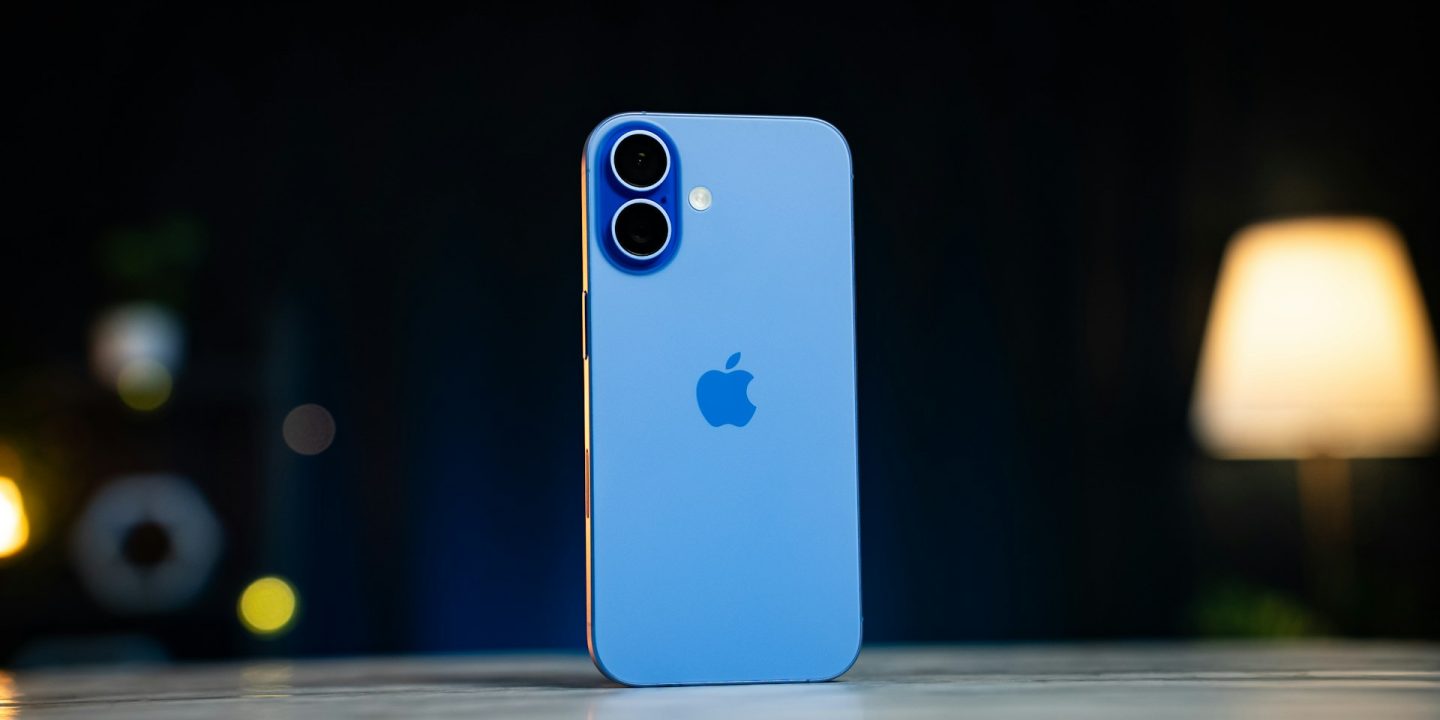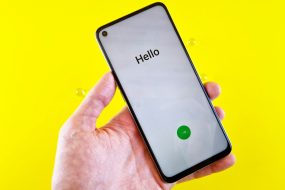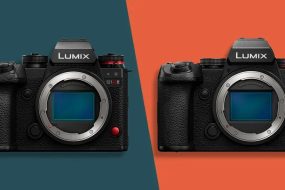
The arrival of the iPhone 16e marks a turning point for Apple. No longer does the company’s entry-level smartphone take inspiration from outdated designs, as seen in previous iPhone SE models.
This raises an interesting question: Why should consumers opt for the pricier iPhone 16 when the iPhone 16e delivers a largely similar experience? Let’s break down the similarities and differences in terms of design, display, cameras, and performance to help you decide.
iPhone 16e vs. iPhone 16: Specs Comparison
Before diving into the details, here’s a quick side-by-side comparison of the core specifications:
| Feature | iPhone 16e | iPhone 16 |
|---|---|---|
| Dimensions | 146.7 x 71.5 x 7.8mm | 147.6 x 71.6 x 7.8mm |
| Weight | 167g | 170g |
| Display | 6.1-inch Super Retina XDR OLED | 6.1-inch Super Retina XDR OLED |
| Resolution | 2532 x 1170 | 2556 x 1179 |
| Refresh Rate | 60Hz | 60Hz |
| Chipset | A18 (4-core GPU) | A18 (5-core GPU) |
| Rear Cameras | 48MP wide | 48MP wide, 12MP ultra-wide |
| Front Camera | 12MP | 12MP |
| RAM | 8GB | 8GB |
| Storage | 128GB, 256GB, 512GB | 128GB, 256GB, 512GB |
| Battery | 3,961mAh (unofficial) | 3,561mAh (unofficial) |
| Charging | 25W wired, 7.5W wireless | 25W wired, 15W wireless |
Price and Availability
The iPhone 16e was announced on February 19 and started shipping on February 28, five months after the iPhone 16’s launch on September 20, 2024.
Pricing
- iPhone 16e: Starts at $599 / £599 / AU$999 (128GB), rising to $699 / £699 / AU$1,199 (256GB) and $899 / £899 / AU$1,549 (512GB).
- iPhone 16: Starts at $799 / £799 / AU$1,399 (128GB), moving to $899 / £899 / AU$1,599 (256GB), and maxing out at $1,099 / £1,099 / AU$1,949 (512GB).
That’s a $200 / £200 / AU$400 price gap between the two models. But is the iPhone 16 worth the extra cost? Let’s find out.
Design
With the iPhone 16e, Apple has finally ditched the outdated iPhone 6-through-8 design of past SE models, aligning it with the rest of the current lineup.
Both devices share a nearly identical size, with the 16e at 146.7 x 71.5 x 7.8mm and the 16 at 147.6 x 71.6 x 7.8mm. The iPhone 16e is only 3g lighter than the iPhone 16.
Key Differences:
- The iPhone 16e comes in Black and White, while the iPhone 16 offers Black, White, Pink, Teal, and Ultramarine.
- The iPhone 16e has a single rear camera, whereas the iPhone 16 has a dual-camera setup.
- The iPhone 16e features the older Face ID notch, while the iPhone 16 sports the more advanced Dynamic Island.
- Both models feature a remappable Action Button, but only the iPhone 16 has a dedicated Camera Control button.
Display
Both phones feature a 6.1-inch Super Retina XDR OLED display with a 60Hz refresh rate, but there are some notable differences:
- The iPhone 16 has a slightly sharper resolution (2556 x 1179 vs. 2532 x 1170), though the difference is minor.
- The iPhone 16 is significantly brighter, offering 1000 nits typical brightness and 2000 nits peak brightness, compared to the iPhone 16e’s 800 nits typical and 1200 nits peak brightness.
Cameras
- iPhone 16e: 48MP main camera
- iPhone 16: 48MP main + 12MP ultra-wide
The iPhone 16’s ultra-wide lens allows for better landscape shots, improved depth perception for portraits, and macro photography, which the iPhone 16e lacks.
Additionally, the iPhone 16 supports spatial photos and videos, which are absent on the iPhone 16e.
Performance & Software
Both phones are powered by Apple’s A18 chipset with 8GB of RAM, but the iPhone 16e uses a 4-core GPU, while the iPhone 16 gets a 5-core GPU.
Both models support Apple Intelligence, making the 16e a surprisingly strong performer despite its lower price.
Battery Life
- iPhone 16e: 3,961mAh (unofficial)
- iPhone 16: 3,561mAh (unofficial)
The iPhone 16e has a larger battery, thanks to the lack of a second camera and the inclusion of Apple’s new power-efficient C1 modem.
The iPhone 16 supports 15W wireless charging, whereas the 16e maxes out at 7.5W wireless charging.
Verdict: Which iPhone Should You Choose?
If you’re looking for the best value and don’t mind the notch or a single rear camera, the iPhone 16e is the smarter choice. It offers nearly the same performance, battery life, and software experience as the iPhone 16 but at a much lower price.
However, if you value a brighter display, an ultra-wide camera, Dynamic Island, and MagSafe charging, then the iPhone 16 is worth the extra cost.
Ultimately, it comes down to your priorities—but either way, you’re getting a solid Apple device.












